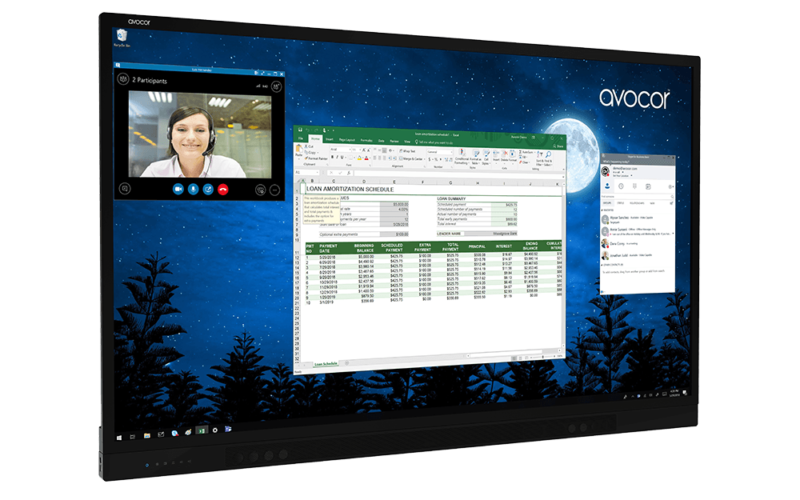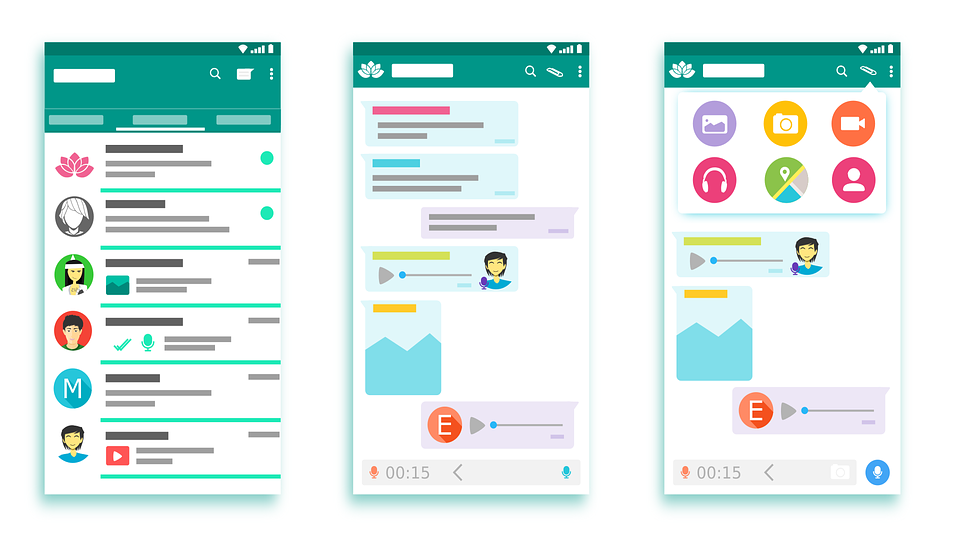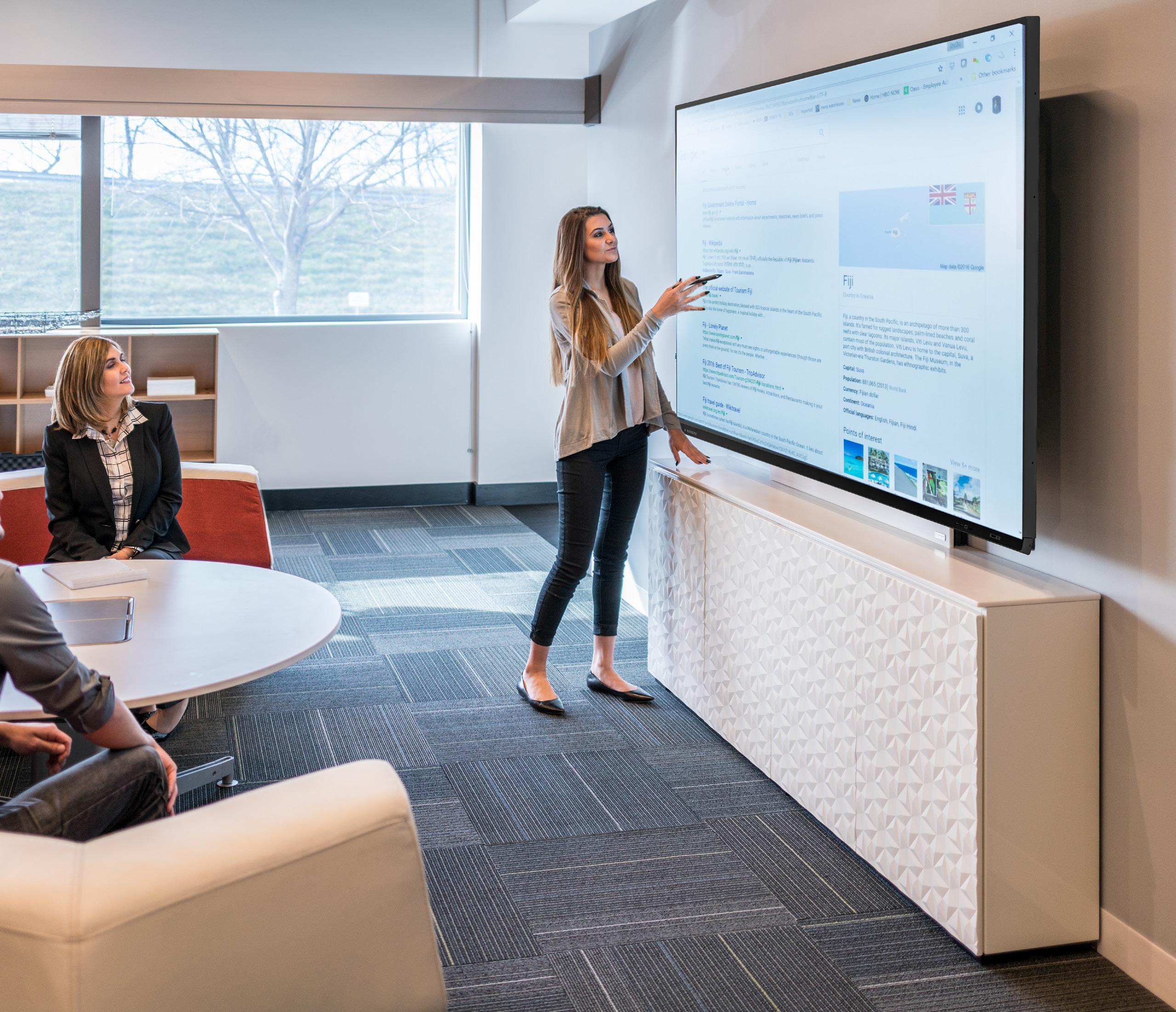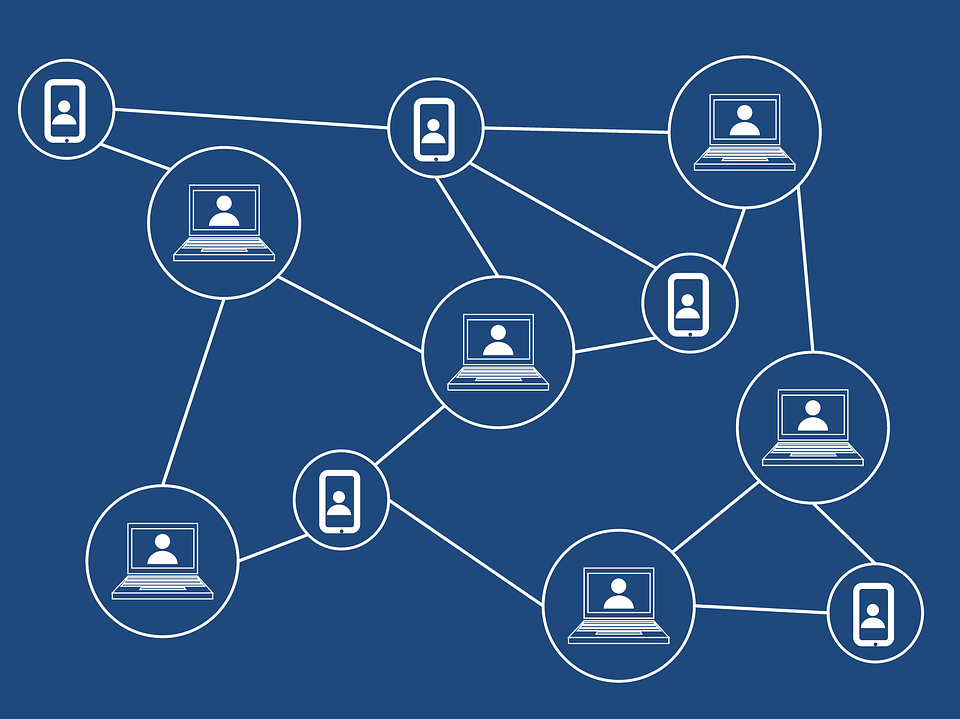
Business communication is integral to any workplace.
Businesses all over the world know the importance of talking to their employees and customers; whether they be multinational companies like HSBC to small startups based in regional towns.
Furthermore, the importance of technology in business communication and business collaboration is increasing. Interactive businesses are gaining ground on their adversaries.
Medium states that “technology has not only changed the way we live our lives, but the way we perform our daily tasks” and continues to mention how inexpensive and accessible communication now is, making it easy for even startups to invest in the right business communications and business communication tools.
The impact of technology in the workplace is immeasurable. Today it would be asinine to neglect how technology has changed business communication.
Some ways in which businesses use technology communication include:
It goes without saying that it is a lot easier to talk quickly using apps than more old-fashioned methods, like telephone and fax.
Using workplace technology advantages, it is possible to speak to people in real time, whether that be over a messaging app or via video call on your PC, tablet or even interactive display.
There are a variety of apps that are great for internal communication and can also be used to communicate with people in the company from other locations. Business communication apps include:

One of the main advantages of technology in workplace communications is how easy it now is to communicate with remote workers. The workplace of the future is relying more on remote employees so it is vital to have platforms that can communicate with them.
It also means that employees can talk while they are not physically in the same place. It must be said that this isn’t always considered a good thing – having to ‘always be online’ has caused a decline in some people’s mental health, but it is handy in some instances.
This was impossible when businesses were relying on landline phones and fax machines. But nowadays, messaging applications and large amounts of mobile data make it very feasible.

The more technology develops, the more secure it becomes. Using emails, especially when they were sent out to the entire office, without adequate security was a recipe for disaster. Nowadays, most apps use end to end encryption, meaning that the messages can only be read by the sender and receiver.
Smartphones, tablets and Apple computers have security software implemented to make sure they are immune to hackers, and nowadays security can be purchased for Microsoft computers as well.
This means that emails are a lot less likely to be hacked. Moreover, external programmes often require a password to login and have features like encryption, making them more secure.

Keeping in contact with people remotely, rather than using letters, is of course very beneficial to the environment. Vince Digneo, who is the sustainability strategist at Adobe, stated that “the greenest paper is no paper at all”; obviously it is a lot more sustainable to use technology to communicate with people.
In the modern world, not many people send physical letters. However, we do still use over 12.5 million tonnes of paper and cardboard every year, a large percentage of which is in the office.
Therefore, there are ways that we can cut back on paper, some when we are communicating internally. Rather than leaving a note for someone, for example, save the paper and send them an instant message. Or, rather than sticking post-it notes physically on your computer to communicate with yourself, use Evernote Sticky Note service to leave electronic notes on your desktop.
In the US, printed documents produce 90% of all office waste and the other 10% is in storage facilities.
While these are not necessarily used for business communication methods, it stands that we should be reducing our paper waste in the office as much as possible and we can easily start doing this by communicating in different ways.
Remote-first or hybrid teams are also very beneficial for the environment. These teams cut the emissions that they may use in commuting, and having less members of staff in the office at any one time usually means less energy used, as not as much of the building will need to be lit up or heated.

While using technology to discuss work matters is more casual than more old-fashioned methods, it is also an enjoyable way to get to know your colleagues.
Emojis and GIFs are used widely in some offices to add a dash of humour to the working day.
This is great for contributing to a relaxed, and hopefully subsequently productive, atmosphere.
Furthermore, using communication technology in the workplace keeps things organized and decluttered. New technology in business allows users to streamline what they want to see within the business communication apps and easily search for conversations. It makes for a much less stressful experience than sorting through piles of letters or rummaging through a full email inbox!

Companies that have adopted techniques for using technology to communicate in the workplace are leaping ahead in terms of customer relations.
Many businesses have taken to using bots on their Facebook page which can quickly and easily answer customers’ questions, without a staff member even needing to be present.
Video messaging applications like Google Chat are great tools that can help businesses speak to customers internationally.
Developing a great app is another fantastic way to use technology to create a great customer relations base and communicate with customers.
People who frequently use the services of a business will download the app and use it to contact them with comments, questions or improvements.

As well as sending messages and to-do lists, ways of business communication also includes sharing ideas.
These can be presented in a range of different ways, the most popular being presentations.
They are a great way to share business ideas using technology. They generally involve plans for the development of the business or solutions for any problems.
And presentations have gone a long way since making an amateur-looking PowerPoint on a PC.
Nowadays, they can be presented in a range of alternative ways. One of the best is on an interactive display – which is a great alternative to interactive whiteboards – in a huddle room.
This creates an intimate setting where those viewing the presentation can easily see the screen and work out what it details. Interactive displays are touch-sensitive and can be drawn upon (with the right tool of course!), making them a fantastic way to communicate different messages.
These displays are designed to increase collaboration, make meetings more efficient with remote workers and facilitate brainstorming by sharing ideas/notes/content instantaneously on the display to all participants.
Avocor has a range of interactive displays, perfect for any kind of boardroom or huddle room, home office and executive offices.
Lastly, so many of these advantages of business communication technology can help to save money.
There’s a big argument that hybrid work saves money - with one survey estimating that it can lead to an up to 50% saving on real estate costs. This is because you don’t just save energy by not having to heat up some of the office - with rising energy bills, this correlates into huge monetary savings for the company.
Streamlining technology, using less glitchy software and having bots answer common customer questions can also help to save employee’s time. When employees spend less time doing menial tasks, they’re more likely to spend their working hours productively, doing important work that will hopefully boost the company’s success and skyrocket their profits.
So, using more sophisticated communication technology can not only save money, but there’s a strong chance that it could make companies much more profitable as well.

The impact and use of technology in business communication is increasing and unignorable. Role of technology in business communication is growing every day.
While it may only seem minor to change a form of messaging or presenting to colleagues, it has some very real benefits that can affect all parts of the business. Including security, customer relations, eco-friendliness, and ultimately a positive impact on a business’s bottom line.
Keep up to date with all the latest from Avocor and partners and get information on upcoming events and exciting product news.
Speak to one of our product specialists and find the perfect solution for you.